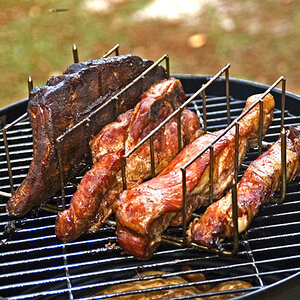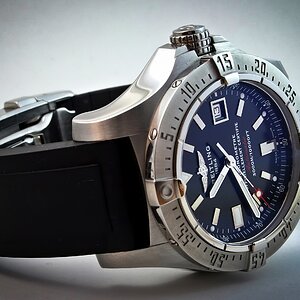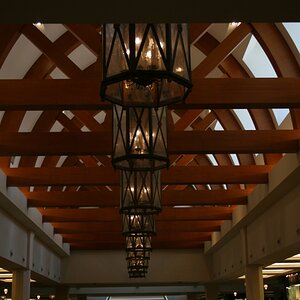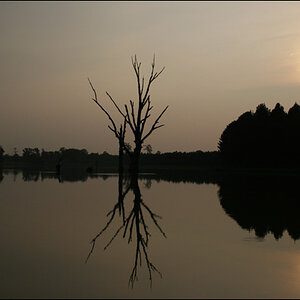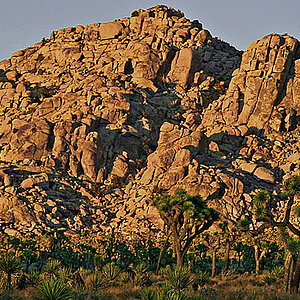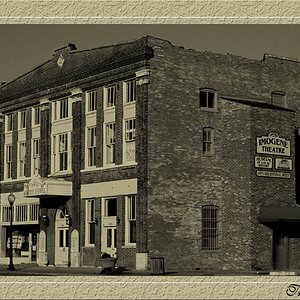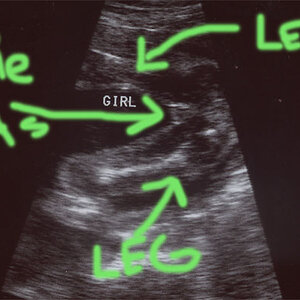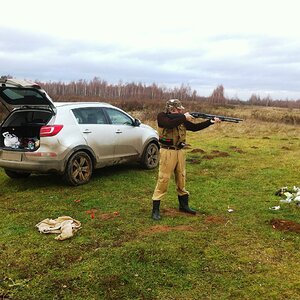charles181
TPF Noob!
- Joined
- Jan 21, 2010
- Messages
- 6
- Reaction score
- 0
- Location
- Huntington Beach, CA
- Can others edit my Photos
- Photos OK to edit
Hey ya'll.
I was looking into purchasing a new lense with my upcoming paycheck. I wanted one that would give me some nice telephoto capabilities. My friend owns the 70-300, but was telling me about how he dreams to have a 70-200. I understand that it's an L-series lense, but can someone show me proof of its superiority? I'm a beginner, and it seems like why would you sacrifice 100mm.
Also, do any of you guys find it annoying when you have a prime lense like a 400mm and you have to move back and forth with your legs in order to get a nicely framed shot?
Thanks again!
I was looking into purchasing a new lense with my upcoming paycheck. I wanted one that would give me some nice telephoto capabilities. My friend owns the 70-300, but was telling me about how he dreams to have a 70-200. I understand that it's an L-series lense, but can someone show me proof of its superiority? I'm a beginner, and it seems like why would you sacrifice 100mm.
Also, do any of you guys find it annoying when you have a prime lense like a 400mm and you have to move back and forth with your legs in order to get a nicely framed shot?
Thanks again!


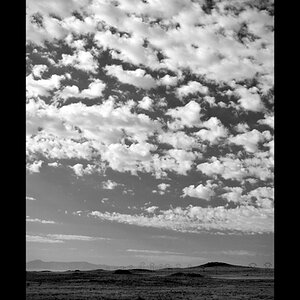
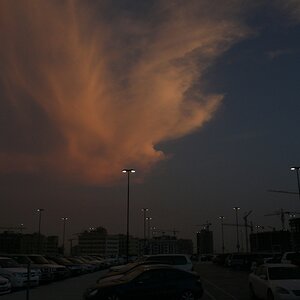
![[No title]](/data/xfmg/thumbnail/32/32698-38e2346942223e17b43fb958f66064c1.jpg?1619735601)
